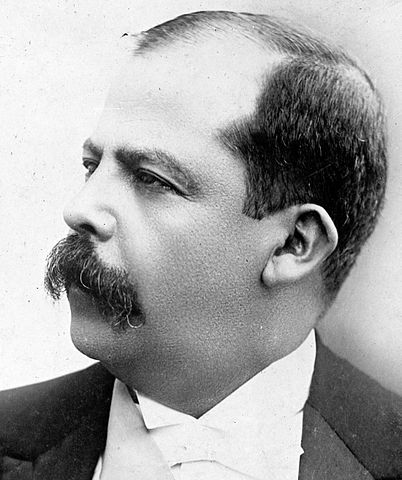Totalitarianism vs Authoritarianism
Totalitarianism and Authoritarianism are two types of dictatorship form of government with some differences between the two. Both these forms of governance are opposed to the democratic form of government, in which the power lies in the hands of the people. Totalitarianism and authoritarianism have the power in the hands of an individual, similar to the dictatorship form of governance. However, there are some distinctions between the two forms of government, namely, totalitarianism and authoritarianism.
What is Authoritarianism?
The authoritarianism form of regime is characterized by the rule of one person or a committee that wields the entire power of governance. In authoritarianism, social and economic institutions that are not under government control exist. The single person in authoritarianism is called the dictator. A dictator creates a sense of fear in the minds of those that oppose him in the authoritarianism form of regime. He rewards those who show loyalty towards him and his leadership. In short, it can be said that there is an element of fear in the minds of people throughout the leadership in the authoritarianism form of regime. Moreover, the single ruler in the authoritative form of governance aims at exercising supreme control over people as an individualist. He relies on the assistance provided by political parties and mass organizations to make people follow him. He uses his power more than the totalitarian. In short, an authoritarian can simply be described as a power-hungry dictator.
What is Totalitarianism?
On the other hand, totalitarianism is a complete form or an extreme form of authoritarianism. Everything is entirely under the control of the single person called the dictator in the totalitarianism form of governance. In other words, both the social and economic aspects of the country are also under the control of the government. The totalitarian himself handles both these aspects. A notable fact about totalitarianism is that in the totalitarianism form of regime, the dictator enjoys charisma in the minds of the people. He does not impose fear in the minds of those that oppose him. That means, unlike authoritarianism, there is no fear in the minds of people throughout the leadership in the totalitarianism form of regime. The single ruler in the totalitarianism form of governance tries his best to save the people, and all his schemes are aimed at the safety and well-being of the people. Moreover, the totalitarian is a complete ideologist. His only aim is to officiate as a dictator by maintaining charisma about him felt by the people. In other words, when considering the method of functioning, the totalitarian gets the appreciation of the people by virtue of his sheer prophetic leadership. People automatically follow him, being pulled by the power of his leadership.
Key Takeaways
- Both totalitarianism and authoritarianism fall under dictatorship of governance.
- In authoritarianism, social and economic institutions exist outside the control of the government, while in totalitarianism, the government controls everything.
- A leader in authoritarianism controls the people using fear and favoritism, while in totalitarianism, the leader is automatically followed by the people due to his charisma.
